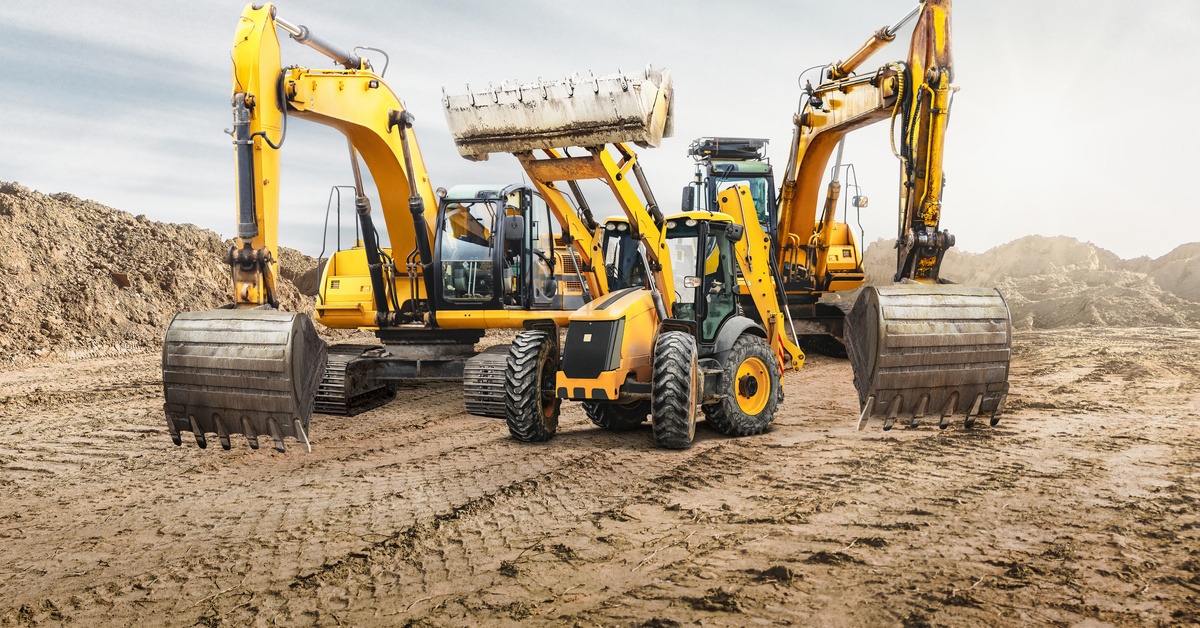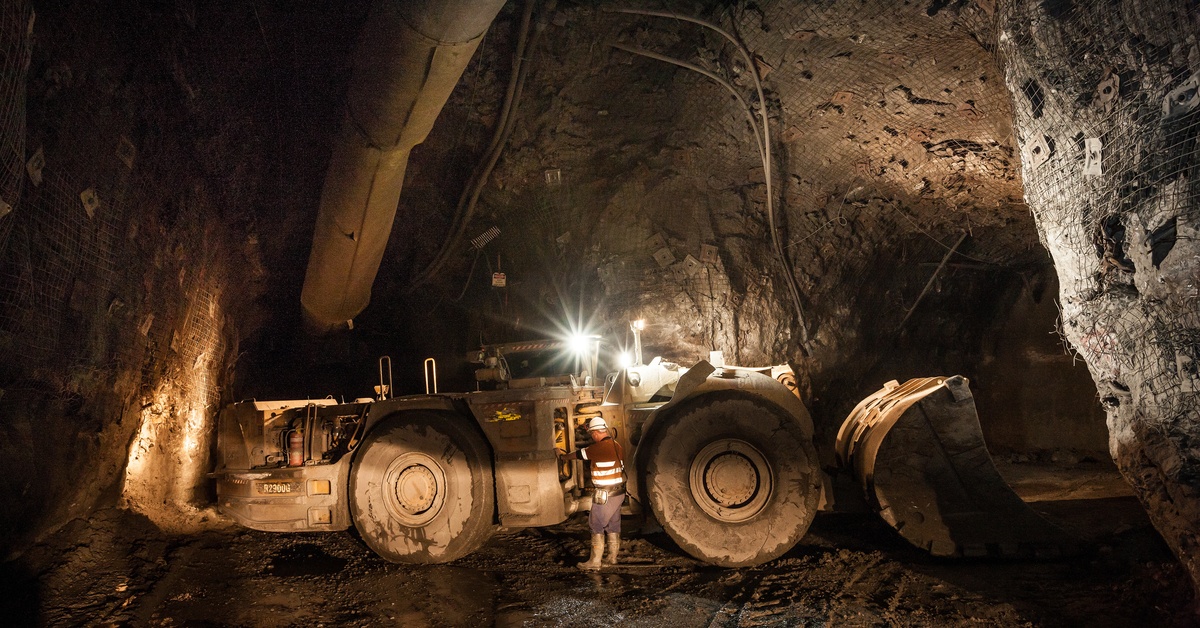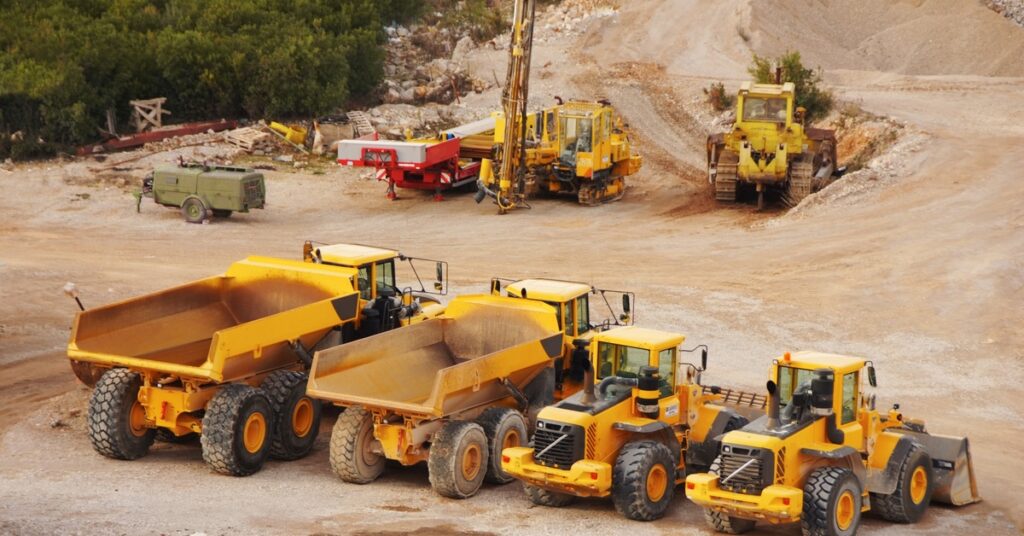When it comes to off-highway mining vehicles, there are countless factors that influence their performance, efficiency, and reliability. The transmission is responsible for transferring power from the engine to the wheels. Its design plays an instrumental role in how the vehicle handles demanding tasks.
Mining vehicles endure extreme loads, challenging terrain, and continuous operation. Therefore, this industry must have vehicles with high-quality transmissions. Learn how transmission design dramatically impacts off-highway mining vehicles so you can invest in transmissions that benefit rather than impair these vehicles.
What Is a High-Quality Transmission Design?
Manufacturers carefully engineer and test the transmissions to guarantee that advanced gear systems work together to minimize energy loss and optimize power transfer. The design with a focus on combatting mining conditions also makes sure that the transmission can prevent dust and moisture intrusions, keeping contaminants to a minimum.
When you want your mining equipment to run efficiently and without interruption, it’s important that you invest in a quality, well-designed transmission that can survive the test of time with little wear and tear. A mining transmission provides smooth, reliable operation by delivering superior performance despite demanding mining applications.
Improved Power Delivery
Every second counts in mining operations. A well-designed transmission ensures that power transfers from the engine to the wheels as efficiently. High power generation is crucial for off-highway mining vehicles because they operate in rugged, uneven, and unpredictable terrain. The constant power demands of steep inclines, heavy loads, and loose surfaces require a transmission that can adapt and deliver consistent output without lag or loss.
Without a robust transmission design, the system can lose power during the transfer process, resulting in decreased performance, sluggish operation, and mechanical failures. Smooth power delivery makes sure that vehicles perform under mild and severe conditions.

Increased Fuel Efficiency
Fuel costs represent a significant portion of a mining operation’s budget, making fuel efficiency a top priority. A transmission that can optimize power delivery also contributes to better fuel efficiency. By allowing the engine to run at optimal speeds and avoid overexertion, a well-designed transmission reduces unnecessary fuel consumption.
This efficiency does more than just save money; it also reduces the environmental impact of mining operations. Lower fuel consumption helps cut carbon emissions. Over time, these savings can accumulate to make a notable difference in operating costs and environmental responsibility.
Enhanced Durability
Off-highway mining vehicles frequently endure extremely harsh working conditions. From carrying massive loads to operating in extreme heat, cold, or wet environments, these vehicles need components that can withstand constant wear and tear.
The transmission must be capable of handling the high torque and stress associated with mining operations without succumbing to damage. Advanced materials, precise engineering, and innovative designs play a role in creating transmissions that can endure long-term use in demanding environments. A robust transmission reduces the risk of breakdowns and extends the lifespan of the vehicle.
Improved Traction and Control
Mining vehicles commonly face uneven, slippery, or unstable terrain. Maintaining traction and control is vital for both performance and safety.
A well-designed transmission improves the distribution of torque to the wheels, providing better traction and handling. Enhanced control allows operators to navigate challenging conditions more confidently, reducing the risk of accidents to employees or damage to the vehicle. Whether it’s climbing steep inclines, dealing with loose gravel, or maneuvering tight spaces, a vigorous transmission ensures the vehicle is stable and responsive.
Reduced Maintenance Costs
Frequent breakdowns can be a nightmare for mining operations, leading to costly repairs and downtime. A poorly designed transmission is more likely to require frequent maintenance due to premature wear and tear on its components.
Alternatively, a high-quality transmission minimizes stress on parts, reduces the likelihood of failures, and extends the time between maintenance intervals. The decreased demand for maintenance also allows mining operations to stay on schedule and avoid disruptions.
Increased Productivity
Downtime can result in significant financial losses. A vehicle with a well-designed transmission reduces the risk of unexpected breakdowns that could halt operations. With smooth power delivery, improved fuel efficiency, increased durability, and elevated control, vehicles can perform tasks more effectively and consistently.
Customizable Options
Every mining operation has particular demands and challenges, which means that no single solution fits all scenarios. An adaptable transmission allows vehicles to meet the requirements of various projects.
It’s possible to tailor the transmission’s torque, gear speeds, and energy efficiency to optimize operation. These customizable options make sure that mining vehicles perform at their best, regardless of the environment or workload.
Operator Comfort
Mining vehicles can operate for long hours in harsh, demanding conditions. If the transmission struggles to function smoothly, this can cause substantial mental strain on the operator.
A poor transmission causes excessive vibration and noise, leading to an uncomfortable and potentially fatiguing work environment. Over time, this discomfort can impair the operator’s focus, alertness, and comfort.
Thankfully, a high-quality transmission can reduce vibrations and noise levels. With quieter and smoother operations, workers gain improved comfort to stay focused during shifts.

Improved Safety
Safety is one of the most critical aspects of any mining operation, as the stakes are incredibly high when working with heavy equipment in demanding and hazardous conditions. A good transmission can enhance safety by providing better control, stability, and responsiveness in off-highway mining vehicles.
This enhanced control allows operators to navigate challenging terrains, steep inclines, and unpredictable conditions with greater precision, greatly reducing the risk of accidents. Additionally, features such as improved braking performance and smoother gear transitions further contribute to a safer working environment for both operators and the equipment that they’re using.
Advanced Technology Integration
As technology advances, mining vehicles are becoming increasingly sophisticated, incorporating features such as automation, telematics, and real-time data monitoring. Quality transmissions that can last are incredibly important, serving as the backbone for integrating these cutting-edge technologies. For example, modern transmissions can work with automated systems to optimize gear shifts and improve fuel efficiency.
The design of your transmission has a substantial impact on off-highway mining vehicles, affecting their performance, safety, and durability. From enhancing operator comfort to enabling advanced technology integration, the benefits of a well-designed transmission are far-reaching.
Mining companies that invest in high-quality transmission systems benefit from long-term cost savings and productive operations. At Bull Powertrain, we have the powertrain transmissions that are ideal for various mining tasks. Whether you want a new transmission or need to service the machine, Bull Powertrain is ready to help!

